Mount Everest: Highest Mountain in Asia
Everest: World's Tallest Mountain

Mount Everest, located in Asia, is the tallest mountain on Earth. This mountain has fascinated all the adventurers, travelers, nature lovers, and scientists for centuries. Mount Everest is located in the heart of the majestic Himalayas, on the border of Nepal and Tibet. The Everest stands as a symbol of human endurance, the ultimate test for mountaineers, and a location of great spiritual importance.
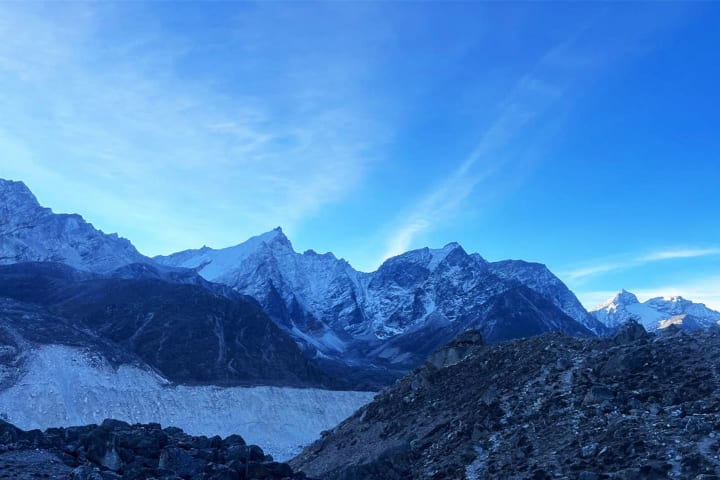
Spiritual and Cultural Significance
Mount Everest, called "Sagarmatha" in Nepali and "Chomolungma" in Tibetan, is very important to the local Sherpa people and Tibetans. The Sherpas who live in the area around Everest have a lot of respect for the mountain. They believe that gods live there. Their role in expeditions as guides and porters has been critical to the success of numerous climbs.
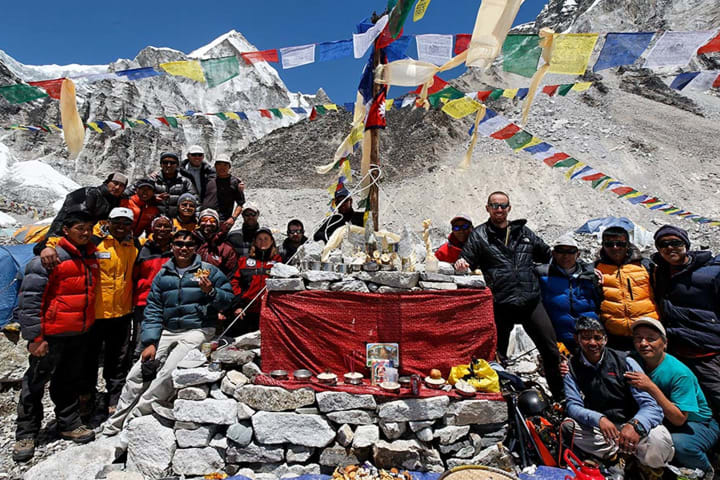
There are many stories and tales about the mountain. Folklore in the area says that Everest is home to many different ghosts and gods. These cultural stories give the summit, which is already intimidating, a further air of mystery and respect.
Geographical Description
Mount Everest located in the Himalayan Mahalangur range, dividing Nepal from the Tibetan Autonomous Region of China. The mountain, which rises to 8,848.86 meters (29,031.7 feet), is bordered by other lofty summits like Lhotse, Nuptse, and Changtse.
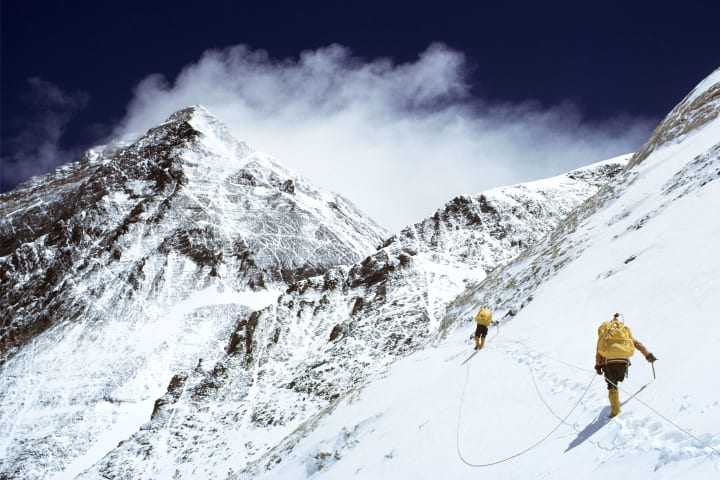
The two primary routes to the summit are the Southeast Ridge from Nepal and the North Ridge from Tibet. The Southeast Ridge, which is the more popular route, begins from Nepal's Base Camp, while the North Ridge is accessible from the Tibetan side. The mountain's environment is extremely harsh, with temperatures as low as -60°C (-76°F) and winds blowing above 200 km/h (124 mph).
Historical Importance
Everest has always been a magnet for climbers, with many attempts and successful summits. First survey trips in the 1920s, mainly by British teams, established the foundation for later climbers. But it wasn't until May 29, 1953, that a mountaineering history milestone was accomplished by Sir Edmund Hillary of New Zealand and Tenzing Norgay, a Sherpa of Nepal.
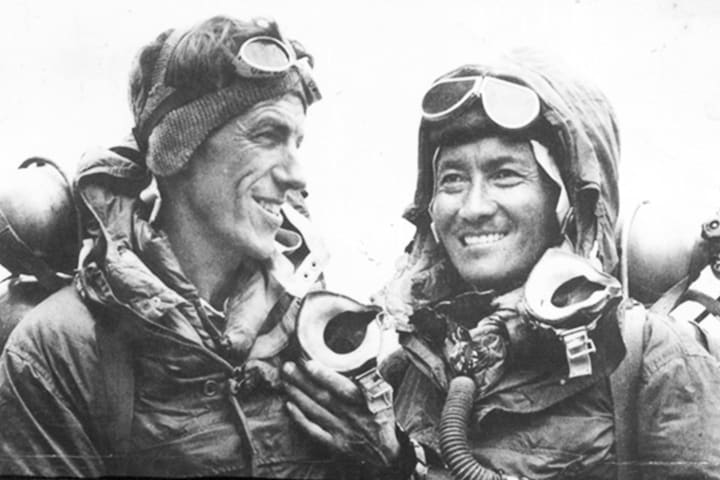
Ever since, a great number of climbers have reached important summits. In 1980, Reinhold Messner made the first solo ascent, and a Polish team finished the first winter ascent. The mountain has added to its legendary past by having seen the youngest and oldest climbers reach its summit.
Climbing Adventure
Climbing Mount Everest is a huge task that needs a lot of planning. To be able to handle the high altitude and rough circumstances, people who want to become climbers must do a lot of physical and mental training.
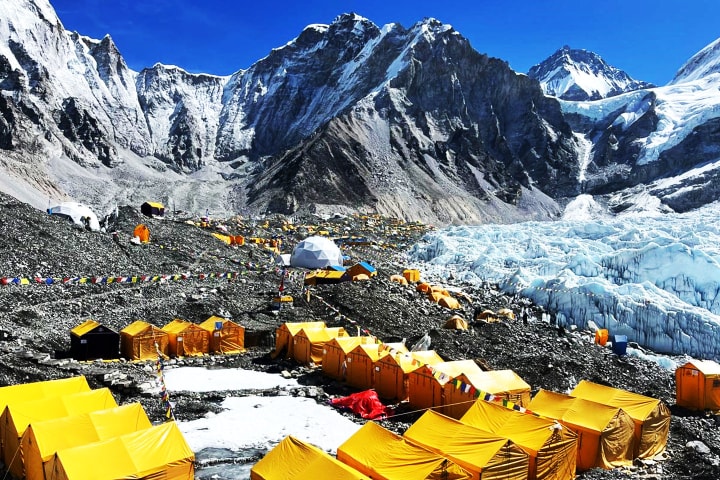
Before the final push to the top, most people stay at Base Camp (5,364 meters/17,598 feet), Camp I, Camp II, Camp III, and Camp IV on their way to the top. Each camp is an important step in getting used to the altitude and getting ready. Altitude sickness, bad weather, and the physical difficulties of the climb are just some of the problems that climbers have to deal with. Sherpas play an important part; their knowledge of the terrain and ability to work at high elevations greatly improve the chances of a successful climb.
Modern-day Climbing and Tourism
People from all over the world can now climb Everest because it has become more popular, but it has also made the mountain more difficult. A lot more people are climbing now, which makes it too crowded, especially during the busy climbing season.
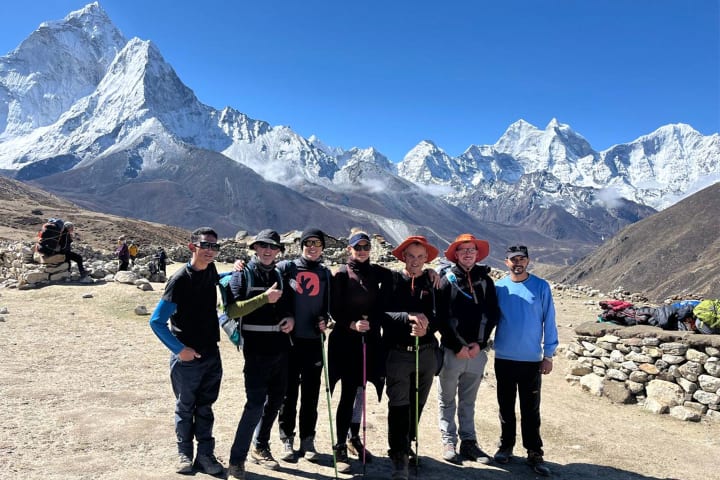
Everest tourism has a major impact on the local economy, creating jobs and improving infrastructure that helps the people who live there. But controlling the number of climbers is very important. Nepalese and Tibetan governments have put in place rules and permission systems to keep track of how many climbers are there, make sure everyone is safe, and protect the environment.
In the modern age of climbing Everest, moral issues are becoming more and more important. It's hard to find a good balance between adventure tourists and protecting the natural and cultural integrity of the mountain.
Environmental concerns
More and more people are going on Everest treks, which has caused big problems for the environment. The large number of hikers has made the mountain dirty and full of trash. To deal with these problems, efforts have been made to clean up Everest, such as organized cleanup programs.
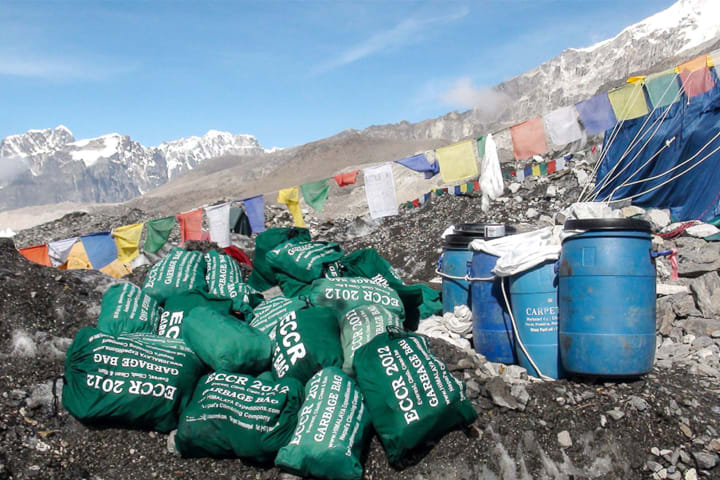
Another big problem for Everest is climate change. As glaciers melt and weather trends change, the landscape changes, making the climb riskier and less predictable. These worries about the environment make it clear that climbing needs to be done in a way that doesn't harm the environment.
Nepal trekking, tour, and expedition packages
Every year, thousands of people who love excitement climb Mount Everest, which is the highest peak in the world. There are different packages for people with different levels of interest and excitement, whether they want to reach the top, hike to the base camp, or just explore the area around the mountain. Here is a list of what is out there:
There are three packages available to see Mount Everest's majesty:
- Trekking Packages: These are perfect for people who want to hike to Everest Base Camp (EBC) and see the beautiful Himalayan scenery without having to climb.
- Tour Packages: These include culture tours and scenic flights around Everest and are great for people who want a less strenuous but still immersive experience.
- Expedition Packages: These are made for expert climbers who want to reach the top of Mount Everest.
List of Packages
- Duration: 14 days
- Difficulty Level: Moderate to challenging
- Highlights: Trek through Sagarmatha National Park, visit Sherpa villages, acclimatization hikes, views of Everest from Kala Patthar.
- Includes: Accommodation, meals, permits, guide and porter services, domestic flights (Lukla).
- Duration: 8 days
- Difficulty Level: Easy to moderate
- Highlights: Shorter trek to Tengboche Monastery, panoramic views of Everest and surrounding peaks.
- Includes: Accommodation, meals, permits, guide and porter services, domestic flights.
Gokyo Lakes and Everest Base Camp Trek
- Duration: 18-20 days
- Difficulty Level: Challenging
- Highlights: Trek to Gokyo Lakes, cross Cho La Pass, visit EBC, and climb Gokyo Ri and Kala Patthar.
- Includes: Accommodation, meals, permits, guide and porter services, domestic flights.
- Duration: 1 day
- Difficulty Level: Easy
- Highlights: Aerial views of Everest, landing at Kala Patthar or Everest Base Camp, breakfast at a high-altitude resort.
- Includes: Helicopter ride, permits, ground time at HEV.
- Duration: 60-70 days
- Difficulty Level: Extremely challenging
- Highlights: Full expedition to summit Everest, including acclimatization and high-altitude camps.
- Includes: Accommodation, meals, permits, guide and Sherpa services, expedition gear, oxygen, domestic flights.
Everest Base Camp Trek with Island Peak Climb
- Duration: 20-22 days
- Difficulty Level: Very challenging
- Highlights: EBC, summit Island Peak (6,189 meters / 20,305 feet).
- Includes: Accommodation, meals, permits, guide and porter services, climbing gear, domestic flights
Each package is made to give you a different view of the Everest region, with options for people with different levels of fitness and adventure. There is a package for everyone, whether you want to learn about another culture, see breathtaking views, or take on the hardest climbing task ever
About the Creator
Nepal Trek Adventures & Expedition Pvt. Ltd
Talking about Earths highest point; Mount Everest is always an interesting topic. We provide you best stories of Mount Everest. Its All About Everest, Ways to reach: Everest Base Camp Trek and Everest Base Camp Helicopter Tour.
Enjoyed the story? Support the Creator.
Subscribe for free to receive all their stories in your feed. You could also pledge your support or give them a one-off tip, letting them know you appreciate their work.


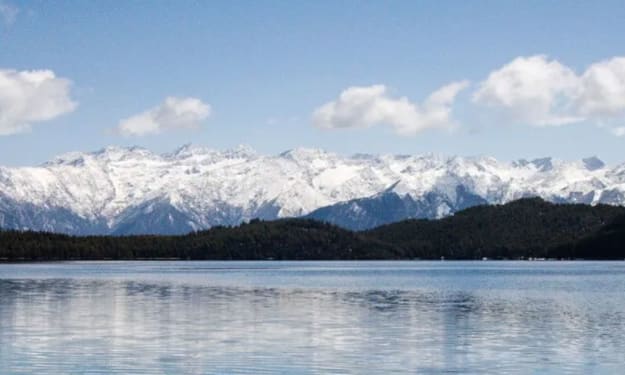



Comments
There are no comments for this story
Be the first to respond and start the conversation.